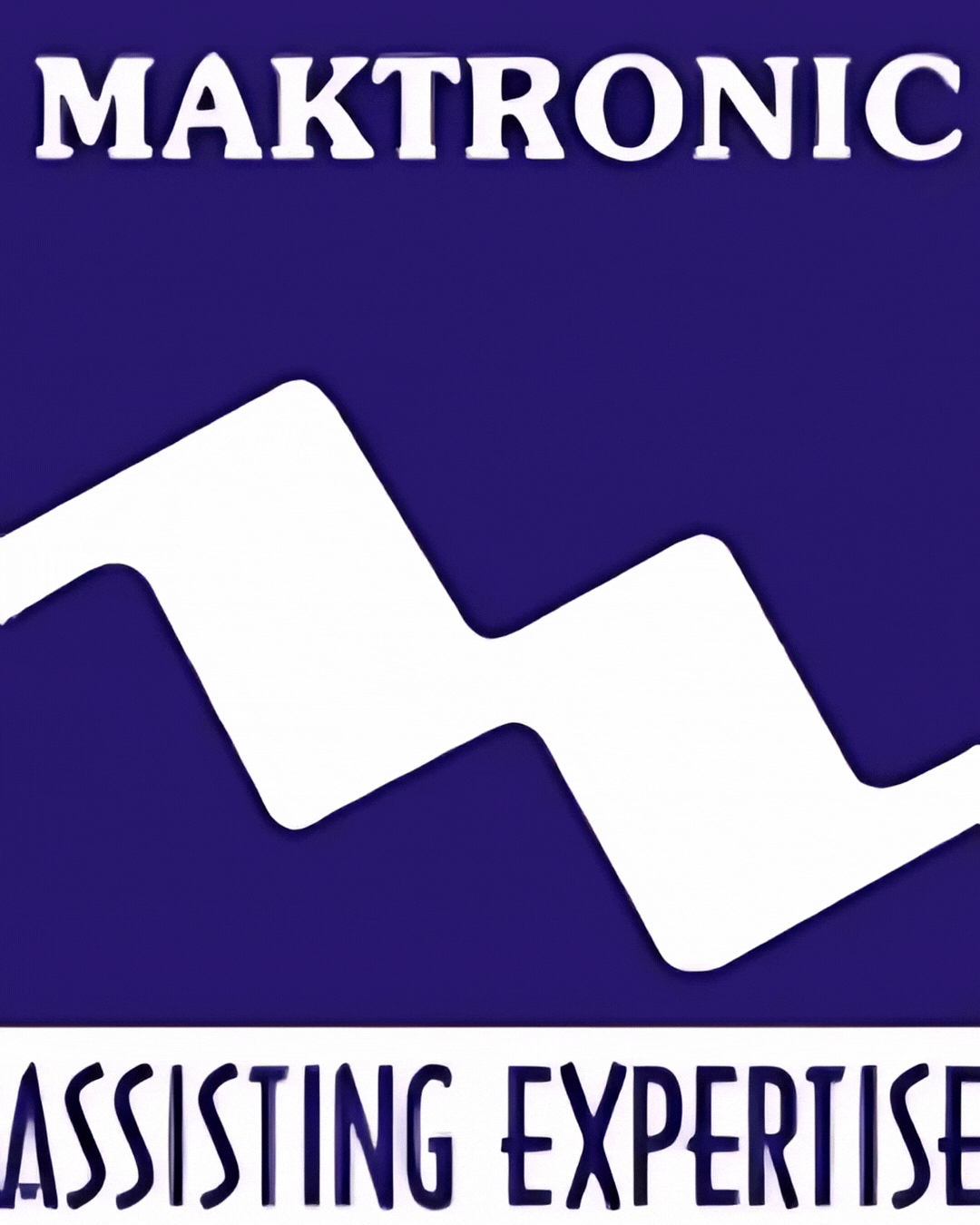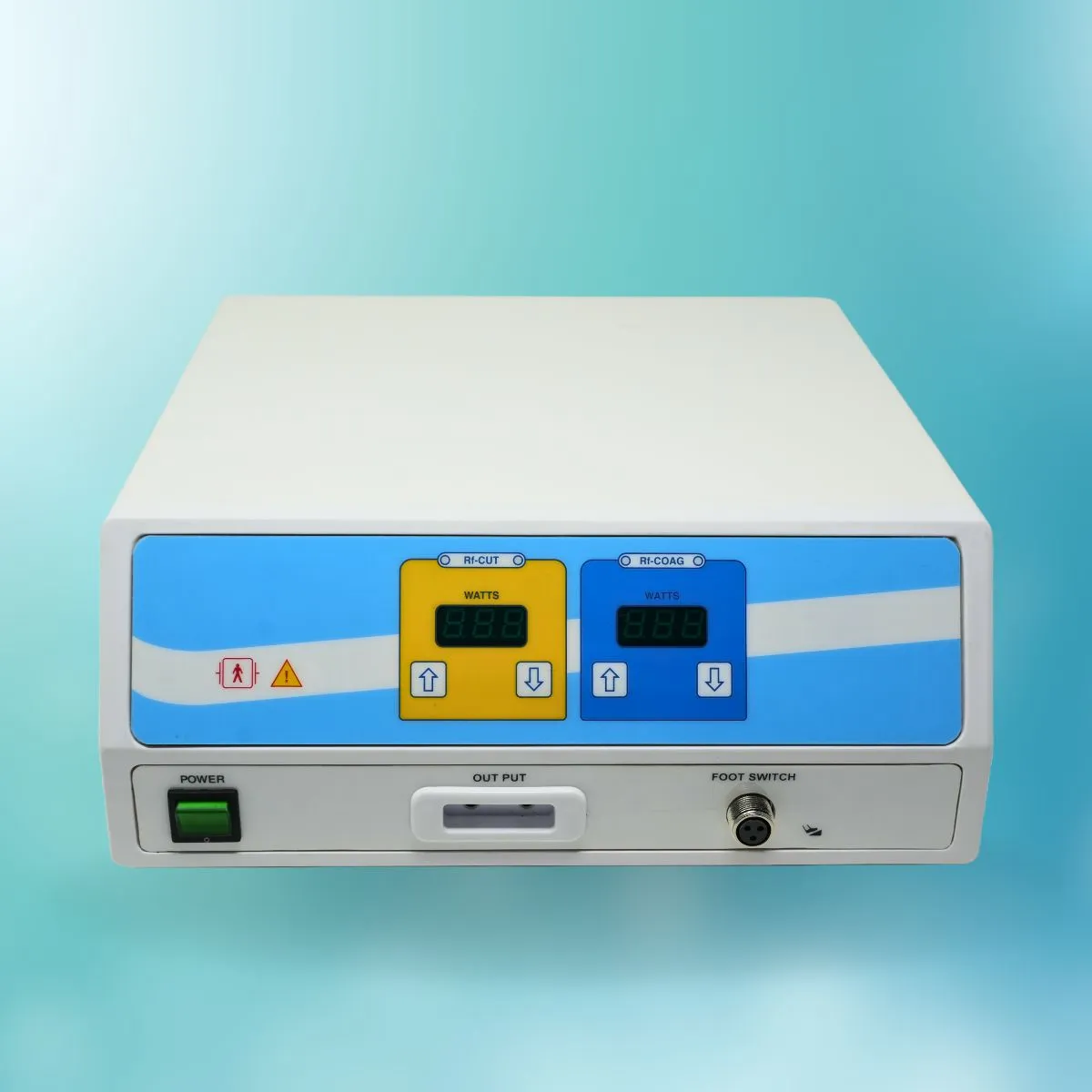R F
Description
RF (Radiofrequency) in Arthroscopy is a technique that utilizes radiofrequency energy to treat various joint conditions during minimally invasive arthroscopic surgery. Radiofrequency energy is used to target and modify soft tissues, such as cartilage, ligaments, tendons, and synovial tissue, by generating heat. This process can be used for a variety of purposes, including tissue coagulation, debridement, and remodeling, helping to manage and repair joint issues such as arthritis, tears, or inflammation.
Function and Mechanism:
In RF arthroscopy, a specialized probe is inserted into the joint through a small incision. This probe generates radiofrequency waves, which are converted into heat energy. The heat produced by the RF energy can be used to:
- Coagulate and Desensitize Tissue: The RF energy can coagulate damaged tissue, reduce inflammation, or shrink abnormal tissue growths (such as in cases of synovitis or hypertrophic cartilage).
- Debridement: The RF energy can also help with the debridement (cleaning) of joint tissue by breaking down damaged cartilage or soft tissue, making it easier to remove.
- Pain Relief: In certain cases, RF energy can be used to relieve pain by targeting and deactivating nerve endings in the joint, a procedure known as "neurotomy."
Applications in Orthopedic Surgery:
- Arthritis Treatment: RF arthroscopy can be used to treat degenerative joint diseases, such as osteoarthritis, by removing damaged or worn cartilage, thereby reducing pain and improving joint function.
- Synovitis Management: In conditions where there is inflammation of the synovial membrane (synovitis), RF energy can be used to coagulate and shrink the inflamed tissue, reducing inflammation and pain.
- Meniscal Tears: In certain cases of meniscal tears, RF energy can be used to remove frayed or damaged tissue, promoting smoother healing and reducing pain.
- Ligament and Tendon Treatment: RF energy can assist in repairing or reshaping soft tissues, such as ligaments or tendons, by promoting collagen formation and tissue remodeling.
- Cartilage Repair: RF arthroscopy can be employed to stimulate cartilage healing or to assist in repairing damaged cartilage, such as in cases of microfracture procedures.
Benefits:
- Minimally Invasive: As with other arthroscopic procedures, RF arthroscopy requires small incisions, reducing the risk of infection, minimizing scarring, and promoting faster recovery compared to traditional open surgeries.
- Precision: RF energy is highly controlled, allowing surgeons to target specific tissues without damaging surrounding structures.
- Reduced Pain and Inflammation: RF energy can effectively reduce pain by coagulating damaged tissues or blocking pain pathways, leading to improved patient outcomes.
- Faster Recovery: Minimally invasive RF procedures often result in shorter hospital stays, less postoperative pain, and quicker rehabilitation compared to open surgeries.
- Versatility: RF arthroscopy can be used to treat a wide variety of joint conditions, making it a flexible tool for orthopedic surgeons.
Considerations:
- Heat Sensitivity: While RF energy is effective in coagulating tissue, excessive heat can cause damage to surrounding healthy tissue. Surgeons must carefully control the energy levels to avoid unintended damage.
- Not Suitable for All Conditions: RF arthroscopy is not appropriate for all joint issues, particularly in cases where significant structural damage or severe bone loss is present. It is often used as an adjunctive therapy or for treating soft tissue issues.
- Skill and Experience Required: The successful application of RF energy requires expertise, as the surgeon must have precise control over the device to ensure safe and effective treatment.
Conclusion:
RF (Radiofrequency) in arthroscopy is an advanced technique that uses controlled radiofrequency energy to treat joint conditions in a minimally invasive manner. This method allows orthopedic surgeons to perform precise tissue coagulation, debridement, and pain relief procedures. With its ability to target specific tissues and provide faster recovery, RF arthroscopy has become an important tool in the treatment of various joint conditions, particularly those involving soft tissues like cartilage, ligaments, and synovial membranes. The technique offers numerous benefits, including reduced pain, faster recovery, and minimal scarring, making it a valuable option in modern orthopedic surgery.


